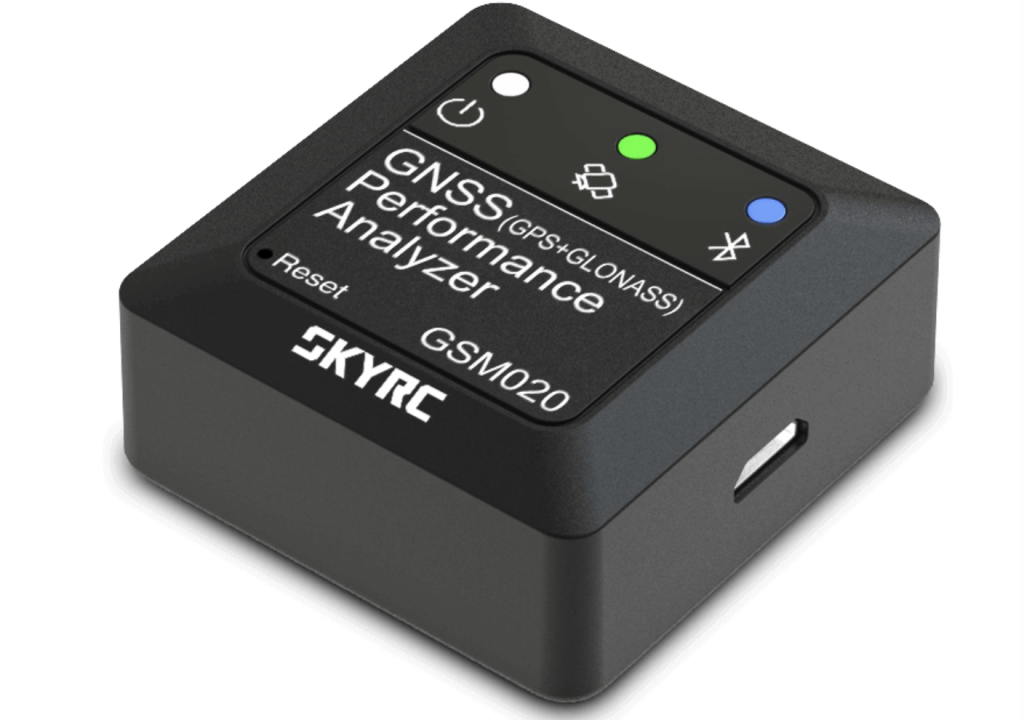A drag test in the context of racing cars refers to a type of performance test that measures a vehicle’s acceleration and speed over a short, straight distance. This test is most commonly associated with drag racing, a motorsport where two cars compete to be the first to cross a set finish line, typically a quarter-mile (1,320 feet or 402 meters) or an eighth-mile (660 feet or 201 meters) from a standing start. Here’s an overview of what a drag test involves:

- Track Preparation: The track used for drag testing is usually a straight, flat surface. It’s often treated with a compound to enhance tire grip, improving acceleration times.
- Vehicle Setup: Cars used in drag tests are often specially modified for maximum straight-line acceleration. This includes engine tuning, lightweight body parts, specialized tires, and sometimes the addition of aerodynamic elements to reduce drag.
- Timing Equipment: Electronic timing equipment is used to accurately measure the time it takes for the car to cover the distance from a standing start. This includes reaction time (time between the green light and the car moving), elapsed time (total time to complete the distance), and sometimes trap speed (the car’s speed as it crosses the finish line).
- The Test: During the test, the car accelerates from a complete stop as quickly as possible to the finish line. The primary goal is to achieve the lowest possible elapsed time.
- Data Analysis: The data collected from the test is used to assess the car’s performance. This can include analyzing acceleration, identifying areas for improvement, and comparing performance against other vehicles.
- Safety Measures: Due to the high speeds and intense nature of drag racing, strict safety measures are in place. This includes safety gear for the driver, emergency services on standby, and strict rules about the condition and modification of the vehicles.
Drag tests are a crucial aspect of performance evaluation in motorsports, particularly in categories where straight-line speed and rapid acceleration are key factors.

The term “drag” in the context of drag racing or drag tests for cars is not directly related to the aerodynamic concept of drag, which refers to the resistance a body experiences as it moves through a fluid (like air). Instead, the use of the term “drag” in drag racing has its own historical and contextual significance:
- Historical Context: Drag racing originated in the United States in the 1940s and 1950s. The term “drag” in this context is thought to stem from the phrase “dragging the main,” which was a colloquial expression for street racing on the main streets of towns and cities. Over time, this evolved into organized, competitive racing over a straight course, which came to be known as “drag racing.”
- Simplicity and Straight Course: Drag racing involves two vehicles racing side by side on a straight, flat track. This format is simple and straightforward, focusing solely on acceleration and speed over a short distance. The term “drag” in this context might also be interpreted as a reference to the straight “drag” of the cars down the track.
- Contrast with Other Forms of Racing: Unlike circuit or road racing, where handling, cornering, and varied speeds are crucial, drag racing is purely about straight-line performance. The term helps distinguish it from other forms of racing that involve more complex tracks and varied driving skills.
In summary, “drag” in drag racing is more of a historical and cultural term rather than a technical reference to aerodynamic drag. It signifies a specific type of motorsport that emphasizes straight-line speed and acceleration.
